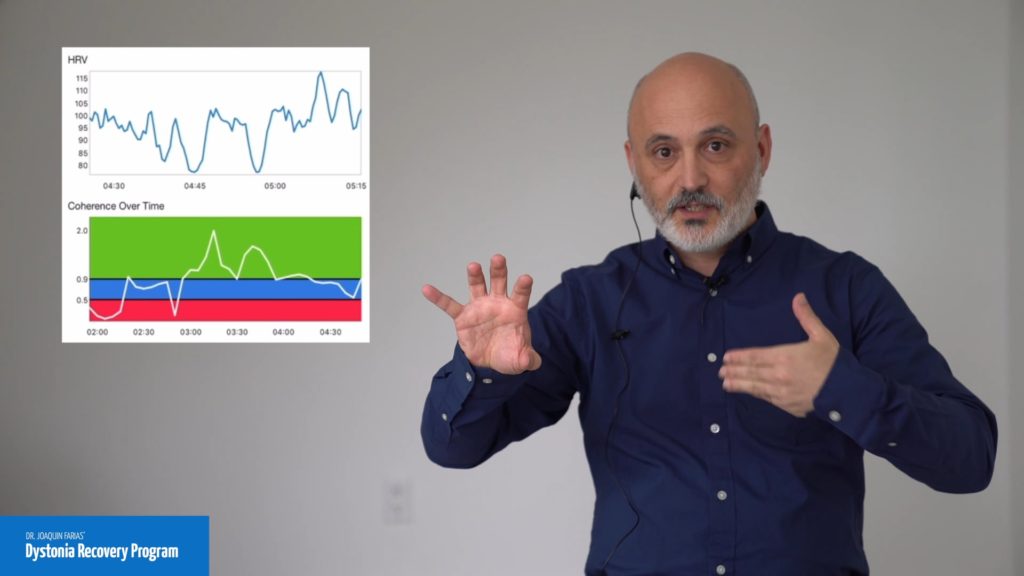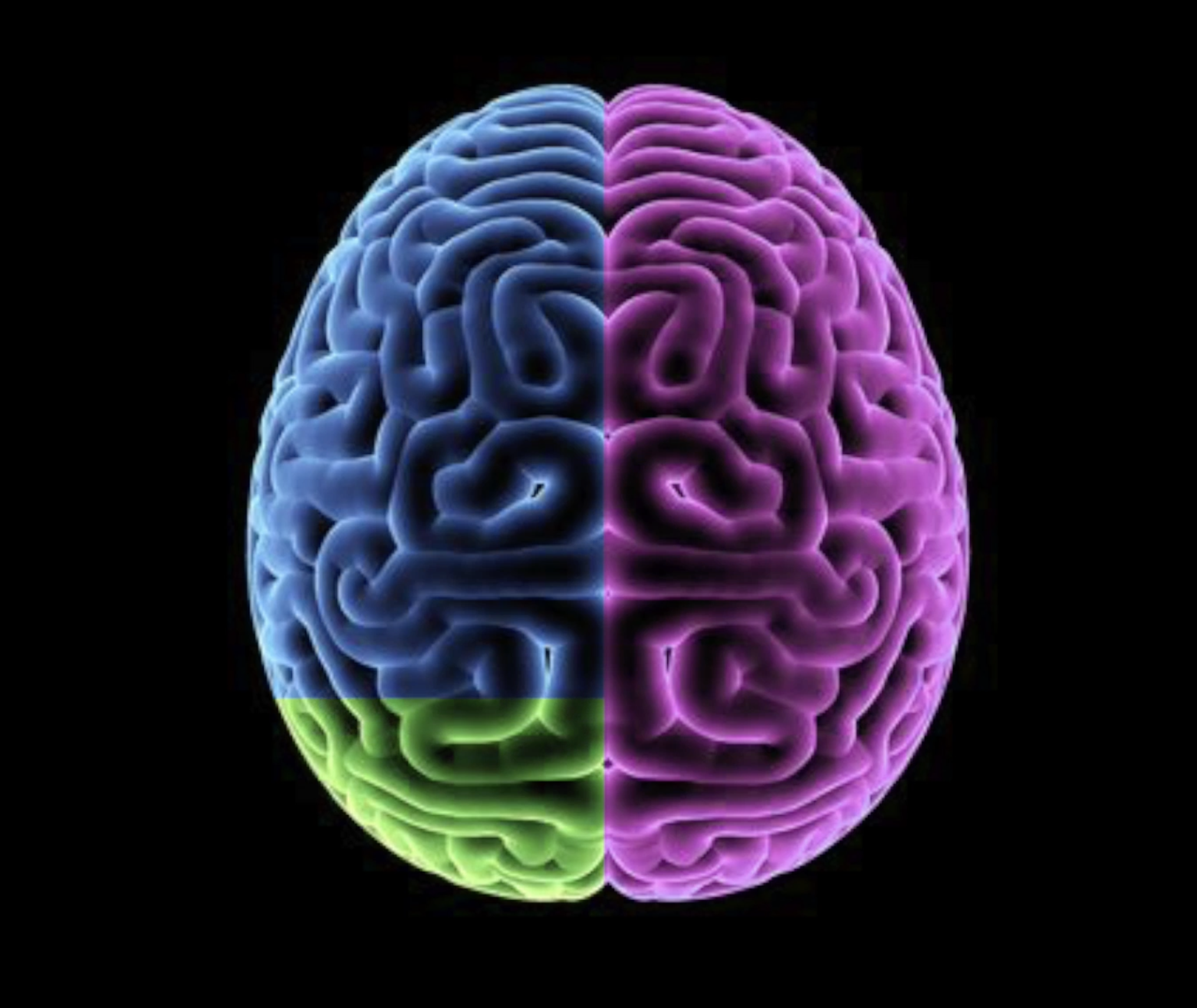Neuroplasticity is a key concept to understand when embracing a natural treatment approach for Dystonia.
“The inherent capacity of brain cells to modify themselves and their functions allowing us to learn, change, and adapt is known as brain neuroplasticity. The modification of neuronal connections makes the repair of cortical and subcortical circuits, the integration of alternative cortical areas in order to carry out modified functions, and recovery from brain injuries possible.
In spite of the fact that the brain is typically thought of as static and unalterable, today we know this is not true. Brain plasticity is possible in adults, although it is more limited than in children.
The different areas of the brain are genetically determined to take part in specific functions; however, in the cerebral cortex in particular, modulation and modification through experience and learning are possible.
Excerpt from: Intertwined. How to induce neuroplasticity. A new approach to rehabilitating dystonia. Joaquin Farias. Galen Edition. 2012
In the following patient video, you can see remarkable recovery from Dystonia after one year of cervical dystonia treatment:
Neuroanatomical, neurochemical, and functional changes that occur during plastic reorganization allow for the recovery of affected functions. In this case, it is known as physiological or adaptive plasticity. In cases where as a consequence of this reorganization certain functions become more difficult and others are favored, a maladaptive plasticity is produced.
The brain adapts and reorganizes itself to allow functionality though different neuronal mechanisms. The first mechanism is the creation of new synapses through the sprouting of dendrites, aimed at helping to recover function. A second option includes the functional reorganization between different neuronal areas or groups within the preexisting neural network. Redundant circuits exist in the brain which perform similar functions in parallel form. An injury to one of these pathways makes the other completely take over the transmission of the information and develops pathways that previously existed but were underused or had become inactive.
It is also possible to incorporate new areas to form part of the previously established network, or to use a network that was not usually used for this function and was in charge of completely different functions. This might imply the learning and use of new strategies.
In other cases, different regions of the brain, which were in charge of carrying out completely different functions, are “recruited” to compensate for losses due to an injury.
Dr. Farias discusses these concepts in the Dystonia Recovery Program videos:

Finally, occasionally neighboring or contralateral (another hemisphere) areas provide the function because of a functional reorganization of the cortex, perhaps through the activation of redundant pathways and circuits.
Neurotransmission systems play a very important role as mediators in these processes, since they are involved in the maintenance and cessation of neuronal plasticity, setting the limits for the critical period.
The neurotransmission systems involved in plasticity are:
- N-Methyl-D-Aspartate System (NMDA), a glutamate receptor that is involved in intracortical facilitation and inhibition mechanisms; It is able to block the capacity for plasticity in the cortex.
- Cholinergic System (ACh), along with the glutaminergic system, this plays a role in cortical morphogenesis
- Serotonin System, is involved in the formation and maintenance of new synapses
- GABAergic System (GABA), the inhibition exerted by the GABA system is overcome by neurochemical changes following an injury in which glutamate is a part, to allow necessary plastic changes required for rapid plasticity recovery. In the long run, the decrease of GABA-mediated inhibitory tone precedes the unmasking of silent synapses and the consolidation of alternative neighboring or contralateral pathways to preserve or replace the damaged function. There is evidence that both sensory deprivation and stimulation cause changes in different directions on GABAergic activity.
We could say that the N-Methyl-D-Aspartate System, the Cholinergic System, and the Serotonin System are like fertilizer in a garden, which allows the creation of new connections. On the other hand, the GABAergic System would be like an anti-fertilizer that preserves what is already acquired. In this way, balance between creation and preservation in the central nervous system reigns. In the case of rehabilitation, it is necessary to start the mechanisms of change and establish and stabilize balance.”
Excerpt from: Intertwined. How to induce neuroplasticity. A new approach to rehabilitating dystonia. Joaquin Farias. Galen Edition. 2012
Joaquin Farias Ph.D., M.S., M.A.
Director of the Neuroplastic training institute
Lecturer at the University of Toronto
Start your Recovery Journey Today
Join the complete online recovery program for dystonia patients.
Related Reading:


